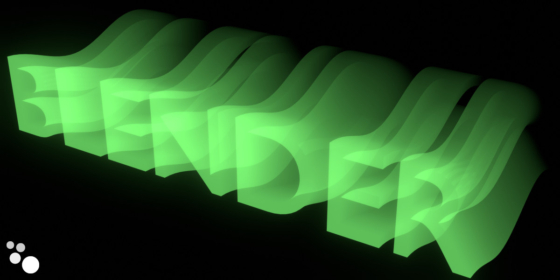Array with Blender Geometry Nodes
With Blender Geometry Nodes we can create one-, two- and three-dimensional arrays of objects, just like we created them with the Array modifier. And even better, the arrays created with Geometry Nodes do not multiply the geometry, which affects the viewport speed, memory consumption and scene size.

 .blend file on Patreon
.blend file on Patreon




